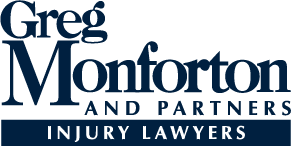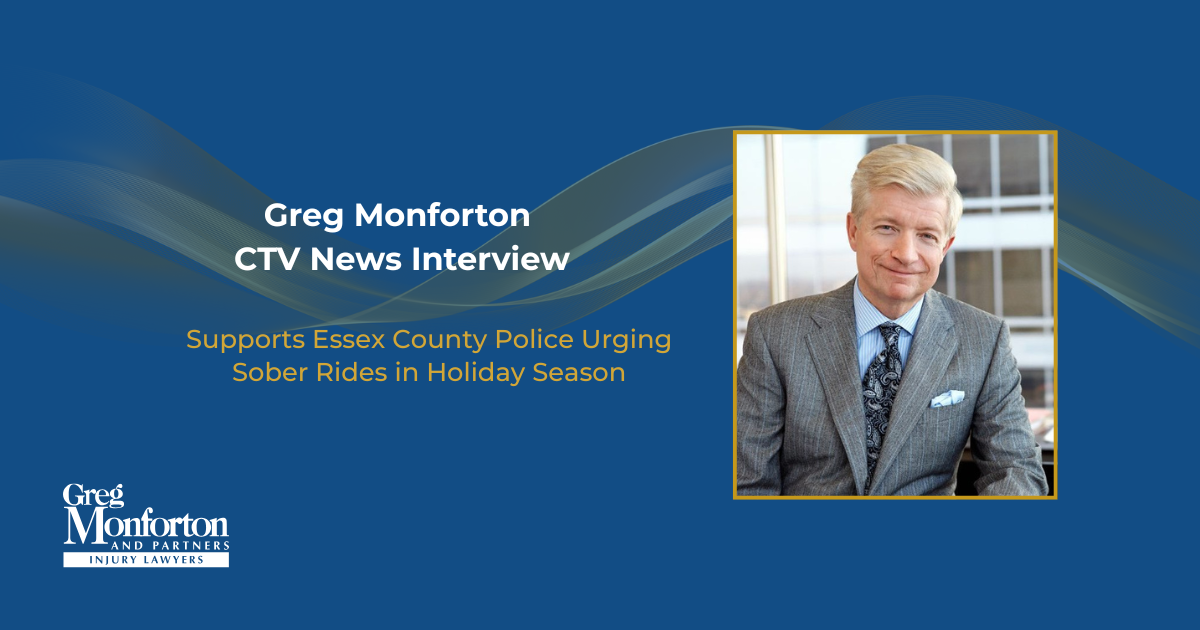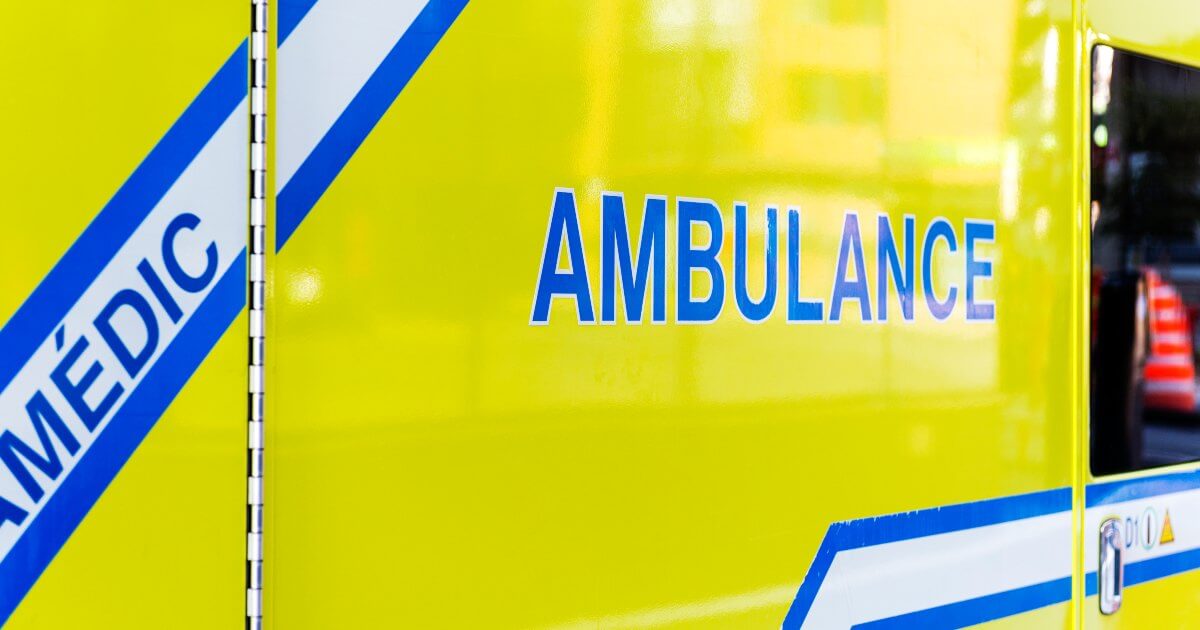 Many collisions are caused by speeding drivers. Going above the posted speed limit reduces a driver’s reaction time in a dangerous situation, increasing the likelihood of hitting another vehicle and causing serious injury or death. In most cases, the driver who was speeding could be held liable for damages.
Many collisions are caused by speeding drivers. Going above the posted speed limit reduces a driver’s reaction time in a dangerous situation, increasing the likelihood of hitting another vehicle and causing serious injury or death. In most cases, the driver who was speeding could be held liable for damages.
However, being able to prove that the at-fault driver was speeding can seem daunting. If it was not caught on camera or corroborated by witnesses, can it really be proven? Fortunately, there are ways that a lawyer may be able to establish that speed was a factor in a collision.
Greg Monforton & Partners is ready to help if you have been harmed in a collision due to negligence. We have represented many accident victims over the years, fighting for just and fair compensation on their behalf. Learn more about your rights and available legal options during a free initial consultation.
Call (866) 320-4770 to see if you have a case.
What Are the Speeding Laws in Ontario?
Section 128 of the Highway Traffic Act of Ontario outlines the maximum speed limits and penalties for speeding drivers. For instance, within a town, city or municipality, the speed limit is 50 kilometres per hour. Outside of a municipality, the speed limit increases to 80 kilometres per hour.
Excessive speeding will result in demerit points added to a driver’s record in addition to fines. Speeding fines in Ontario are dependent on how fast the driver was travelling over the posted speed limit.
Our firm is well-versed in the province’s speeding laws and how they may apply to your situation.
Benefits of Having Legal Representation
Before the collision, you may have seen the other driver going too fast. Perhaps he or she tried to speed past your vehicle in another lane or was weaving in and out of traffic at a very high rate of speed.
If you recall the other driver acting negligently, we advise seeking legal representation. It is great if you have a vivid account of what happened, but your observations alone will likely not be enough to build a strong case for compensation. It can be difficult to prove fault when it is just your word against the other driver’s word. A lawyer can protect your rights and argue your case to the fullest extent.
Proof of Speeding in a Collision
While you may be physically capable of collecting some evidence at the accident scene, such as photos of your injuries or vehicle damage, an investigation conducted by a lawyer will be much more detailed.
For instance, he or she can identify whether any surveillance footage from a business or private residence may have captured the speeding driver at the time of the collision. A lawyer can subpoena this footage from the appropriate parties to provide proof that the other driver was going too fast.
Other ways a Windsor vehicle collision lawyer can help prove the at-fault driver was speeding include:
Accessing Dashcam Footage
Some vehicles may have a dashcam that can help detect how fast a vehicle was going when the collision happened. Vehicles may also have devices designed to monitor braking and engine speed. If you have a dashcam, be sure to inform your lawyer about it immediately and provide him or her with the footage.
If the at-fault driver has one, he or she is unlikely to hand it over voluntarily. Your lawyer, however, can formally request this footage. Dashcam footage can contain vital evidence to use in a legal proceeding.
Speaking with Eyewitnesses
If anyone witnessed the collision, they could attest if the at-fault driver appeared to be speeding. While an eyewitness may not necessarily know the exact speed a driver was going, he or she may be able to say whether the driver was going faster than other vehicles on the road. The lower the posted speed is in a particular area, the more apparent it may be that the driver was going too fast for conditions.
Obtaining Filed Police Report
In many cases, the police report can make a difference when it comes to proving fault. The report will contain preliminary conclusions from the responding officer as to how the crash happened and if speed was a factor. If the officer issued the other driver a traffic citation for speeding, it will be harder for the insurance company to dispute liability. Police reports and driving convictions will be scrutinized.
Analyzing Property Damage
Your lawyer may turn to a traffic forensic expert or accident reconstructionist to look over the vehicle damage, road conditions and even things like skid marks and road debris. If the at-fault driver was speeding, the skid marks may appear longer because it took longer for him or her to stop. How far debris was flung in the collision can help measure the speed the driver was going at or upon impact.
Our Experienced Lawyers Are Ready to Help
If you have been in a collision in Ontario and believe speed was a factor, contact our experienced lawyers today. We know how difficult this time must be for you and your family. We have a proven track record, obtaining millions in compensation for our clients. This includes a $2.35 million settlement on behalf of a victim who became quadriplegic after being struck by a speeding driver.
There is no risk in contacting our firm to see how we may be able to help. Our initial consultations are completely free and confidential. If you have a case, there are no upfront fees to retain our services.
A Firm You Can Trust. Ph: (866) 320-4770




